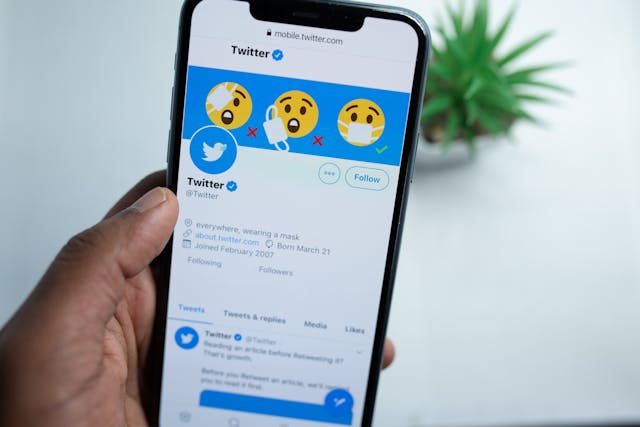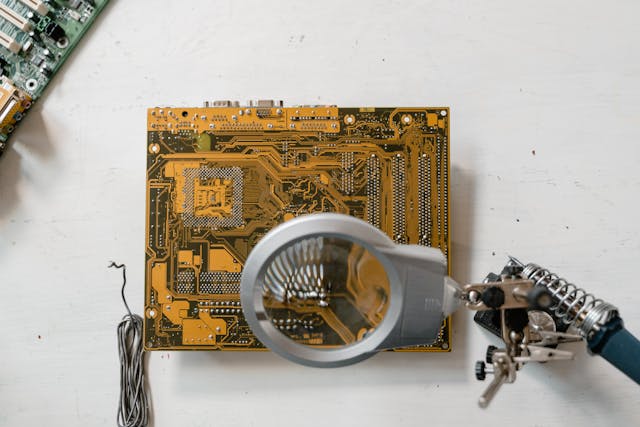Anyone who has used Twitter for years knows the feeling. You open your old posts, scroll back, and wonder who that person even was. So many opinions, jokes, small talk. They all made sense in the moment but now sit there like boxes you forgot to unpack. The good news is that cleaning up is possible. If you have been searching for how to delete all tweets, there are a few simple paths to take, depending on how much time you have and how deep you want to go.
1. The Manual Way: Slow but Eye Opening
Most people start here. They scroll through their timeline, clicking the small delete option one post at a time. It feels easy at first, even meditative. Each click brings a small sense of control. You decide what stays and what goes.
But after a few hundred tweets, something changes. The process starts to drag. Old conversations keep appearing, the feed never seems to end, and the excitement turns into fatigue. Deleting manually can take hours or even days if you have been active for years. Still, some people like this route because it forces them to reflect. Every old post becomes a memory to revisit before saying goodbye. It is slow but strangely personal. One person once said it felt like reading a diary before closing it forever.
2. The Archive Method: For the Thoughtful Cleaners
Twitter lets users request a complete data archive. It arrives as a zip file, filled with everything ever posted. For those who like structure, this is a powerful way to see their digital footprint clearly. You can browse old tweets offline, decide what feels outdated, and prepare to remove them in groups instead of one by one.
It also reveals how much of your life has quietly lived online. Years of thoughts, photos, replies. Some people describe opening that archive as both fascinating and overwhelming. It is a mirror most of us rarely face.
After the archive is downloaded, there are tools and scripts that can access it, where you can delete tweets in bulk. This creates efficiency, and even a sense of organization. The important factor is to keep what is relevant and dispose of what isn’t. It’s similar to decluttering a bookshelf – you don’t get rid of all of your books, you simply get rid of the ones that don’t resonate anymore.
3. The Smart Way: Let Automation Do It
Deleting tweets can quickly turn from a small task into a full weekend project. That is why many users prefer automation. Instead of clicking endlessly, they set up a system that does the work quietly in the background. It is simple, efficient, and frees you from the scroll.
TweetDelete is one of the most trusted tools for that.It allows you to establish precisely how far back you want to go. You have the option to delete tweets older than a certain date, or specify tweets containing certain words. You can even choose to schedule automatic cleanups so that your feed always remains fresh with no additional effort.
Frequently, the conversation shifts to how releasing it feels as people describe it. The timeline is a lot cleaner and easier to use; they feel it is close to their desired presentation of self, today. For brands, it keeps old posts from popping up at the wrong time. For people, it just gives them peace of mind. Automation feels excessive, but it really does make what was once a chore into something more like self-care.
Why Deleting Feels So Good
At first glance, deleting posts might sound negative. Like erasing part of your history. But in practice, it feels freeing. Everyone changes. Opinions evolve, humor ages, and life moves forward. Keeping every version of yourself visible can feel heavy after a while. There is also something subtle that happens when you let go of the digital clutter. The mind mirrors the action. Less noise online means less noise in your head. It feels similar to cleaning a room you have ignored for months. Once it is done, the air feels lighter.
A writer once described this as “digital exhaling.” She said that after clearing her old posts, she could finally look at her profile without cringing or scrolling too fast. It looked like her again. That sense of alignment is hard to measure, but you notice it immediately.
Closing Thoughts
Removing tweets from your online profile is not just about erasing history. It is about managing your digital space. While information on the internet is quite often permanent, you do not have to keep everything out in front of everyone forever. Curating your information is a way of letting the internet know who you are today, rather than who you were several years ago.
Tools like TweetDelete make the process simple and kind to your time. They turn deletion into a small act of clarity. Instead of scrolling endlessly through your past, you decide once, automate the process, and move on.
The result is not emptiness but focus. What remains feels intentional. And that sense of intention, online or offline, is what makes the experience of being present in your digital life feel calm again.




